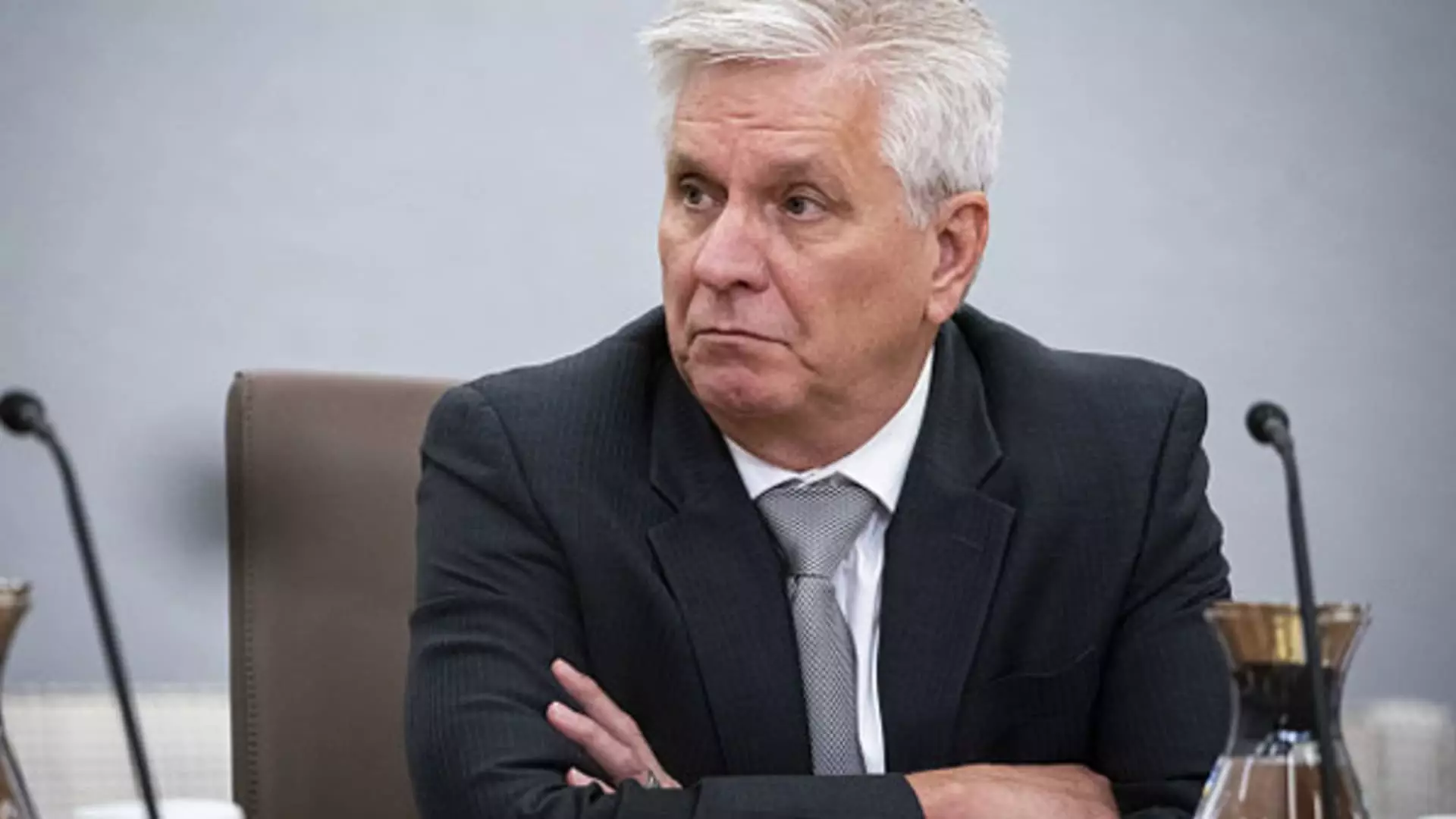In a notable address at Stanford University, Federal Reserve Governor Christopher Waller painted a cautious picture regarding the future of interest rate adjustments. Waller’s remarks, delivered amid fluctuating economic indicators, emphasized his concern over the robustness of the current economic landscape. Unlike past instances where decisive cuts were made during economic distress, Waller underscored that potential future rate reductions should proceed with more circumspection. This approach reflects an intricate balancing act faced by the Fed as it navigates a complex economy that appears to be more resilient than previously anticipated.
Waller’s hesitation stems from an array of recent economic data that suggests the economy might not be experiencing the slowdown that some officials had expected. He remarked, “The data is signaling that the economy may not be slowing as much as desired.” Key statistics, such as robust employment figures, persistent inflation rates, and unexpected growth in gross domestic product (GDP) and income, have all contributed to this assessment.
The September meeting of the Federal Open Market Committee (FOMC) was marked by an unusual half-point interest rate reduction, a bold move typically reserved for crisis scenarios. Normally, the Fed favors subtler 25 basis point cuts, highlighting the urgency felt during the last meeting. However, with Waller’s latest statements, it’s clear that the Fed is not committed to a course of action that would trigger further aggressive adjustments without concrete affirmation of economic deterioration.
Recent economic indicators present a mixed bag for policymakers. While the job market demonstrated unexpected strength in September—countering earlier signs of weakness—the inflation report slightly exceeded projections, complicating the Fed’s decision-making process. Furthermore, the Commerce Department’s revision of second-quarter growth revealed a revised gross domestic income increase of 3.4%, a significant 2.1 percentage point rise from prior estimates. This adjustment reflects a more robust economic environment, prompting Waller to assert that “the economy is much stronger than previously thought.”
The implications of these indicators cannot be overstated. The higher savings rate, now recorded at 5.2%, along with enhanced GDP figures portrays a landscape where consumer confidence and spending may remain more stable than anticipated. Such conditions may influence the Fed’s approach moving forward, as they consider the broader picture rather than reacting to isolated trends.
Future Outlook: Gradual Adjustments Ahead
As Waller deliberated on the future trajectory of interest rates, he refrained from committing to a definite path but suggested a more conservative approach in the upcoming year. His acknowledgment of the diverse data points reinforces the notion that, while the Fed remains open to adjustments, the overarching strategy will lean toward gradual rate reductions rather than swift cuts.
Waller’s cautious tone encapsulates the current challenges facing the Fed. The delicate interplay between projected economic performance and prevailing indicators will undoubtedly shape the monetary policy landscape in the months ahead. Stakeholders and analysts alike will be keenly watching how these dynamics unfold as the Fed attempts to maintain stability while promoting sustainable economic growth.

